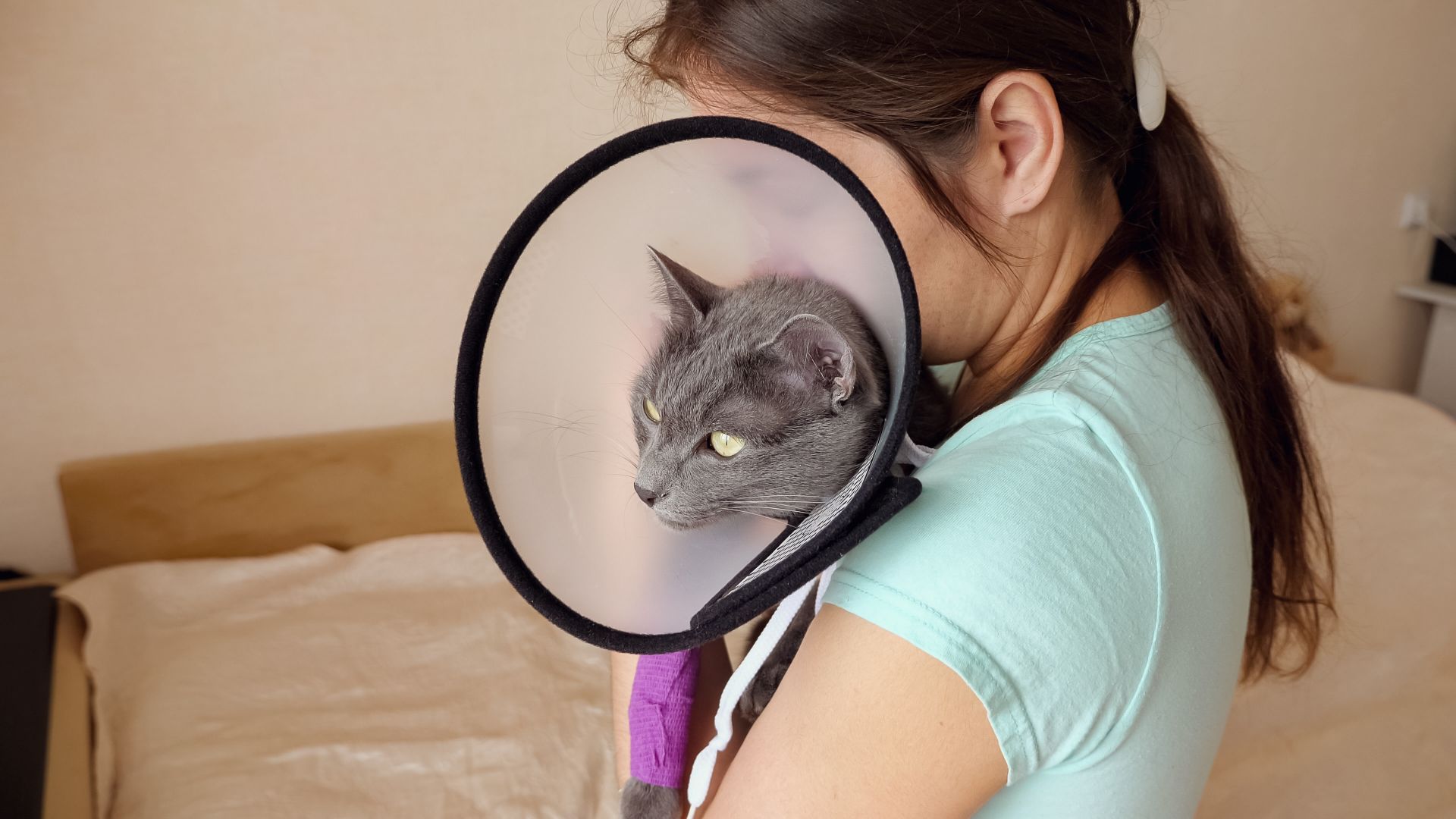Our Blog
Hiking the Trails Safely with Your Dog

Colorado is full of majestic mountains and scenic trails that are hard to resist, especially, when
sharing them with your canine hiking companion. At Lone Tree Veterinary Medical Center, we believe that hiking the trails safely with your dog involves proper training and preparation.
To ensure a great experience, you need to get your dog ready for different terrains, weather conditions—from heat and cold to rain and snow—and changing elevations. Keep reading for tips on staying safe and avoiding common mistakes that could get you into trouble.
Continue…Working From Home? A New Look At Your Pet’s Behavior

For many pet owners, working from home has become more commonplace. While this new dynamic may present many challenges for human families, there’s one family member that probably likes it—your pet, of course!
It’s no mystery that pet ownership sometimes has its challenges, but being around our pets 24 hours a day, every day, may provide new perspective on this relationship. Not only is there the unique companionship that a pet adds to the workday, you might be gaining new insight into your pet’s behavior and needs. You may also discover that you now have to strike a balance between showing your pet attention and getting your work done.
Continue…Green In The Face: Why Does My Dog Eat Grass?

Dogs have a host of quirky behaviors, especially when it comes to eating odd things, and grass is definitely one of them. If your dog has a tendency to nibble on your lawn when outdoors, you probably want to know ‘why’ and if this habit is harmful. The team at Lone Tree Veterinary Medical Center is happy to help you better understand why some dogs like to consume the green stuff.
Continue…New Alternatives to the Dreaded “Cone of Shame”

Most pet owners are familiar with the Elizabethan collar, or e-collar for short. Often referred to as the “cone of shame”, this collar has a much-maligned reputation, despite it serving an essential role in post-surgery recovery for dogs and cats.
Designed to protect pets from licking or chewing at surgical wounds, bandages, sores or itchy spots, the e-collar has been a ‘go-to’ helper for many years and there are several versions that have become available over time.
Continue…Pet-Safe Pest Control: Is It Possible?

No one wants to share the yard, garden or house with uninvited guests. While insects and rodents may be fine from afar, the minute they cross our threshold or create problems in our yard, we humans usually decide to take charge.
For some, the easiest approach to pest control involves the use of chemical treatments. Pet owners, on the other hand, have the added responsibility of using pet-safe pest control methods, both inside and outside of the home.
Continue…Fall Pet Safety Tips

It’s that time of year when the weather turns, the days are shorter, and there is a crisp feeling in the air. Along with the beauty of the season, fall also brings many familiar tasks, including preparing our yards for winter, cleaning the garage, and holiday decorating. Learn how to keep your furry friends safe and healthy during the fall season with these essential tips for fall pet safety.
Continue…Dog Barks Decoded: The Meaning of the Sounds Dogs Make

Dogs are members of the canidae family, which also includes wolves, coyotes, foxes, jackals and hyenas. Just as their wild counterparts, dogs communicate with other animals and with us through the sounds they make.
Most dogs have a variety of vocalizations that are associated with what they want and how they are feeling – from happy to fearful, content or excited, annoyed or agitated.
The meaning of a dog’s sounds are varied and sometimes curious. The team at Lone Tree Veterinary Medical Center is here to decipher some of these barks, growls, mumbles, and yips into a discernible dictionary for us humans.
Continue…Help! My Cat Won’t Eat!

Cat owners typically know when their cat is hungry. Constant meows, chirps, and the circling around your legs are often first clues. Yet, after all that fussing and the meal now in the bowl, it can be surprising and even frustrating when your cat decides not to eat it.
What’s going on when your cat won’t eat? There are several possibilities and they deserve an owner’s attention and action.
Continue…Like a Leaf: Reasons for a Shaking Dog

If only dogs could talk. All of us at Lone Tree Veterinary Medical Center would have so many questions for them!
Despite the language barrier, dogs still do communicate with us. By watching their body language and facial expressions, it is possible for us to see that our canine companions actually are saying something. When you observe a new behavior, pay attention, as it is just another way your pet could be telling you something you need to know. A shaking dog is a great example of this.
Continue…Don’t Get Burned: The Facts On Pets and Sunscreen

Like humans, pets can get sunburned. Having fur doesn’t make them completely safe. While their fur offers some protection, there are still good reasons to provide additional sunscreen and sun protection.
At Lone Tree Veterinary Medical Center, we’re happy to explain the ins and outs of pets and sun protection. And and tips on keeping your pet protected and comfortable while summer days in the sun.
Continue…


